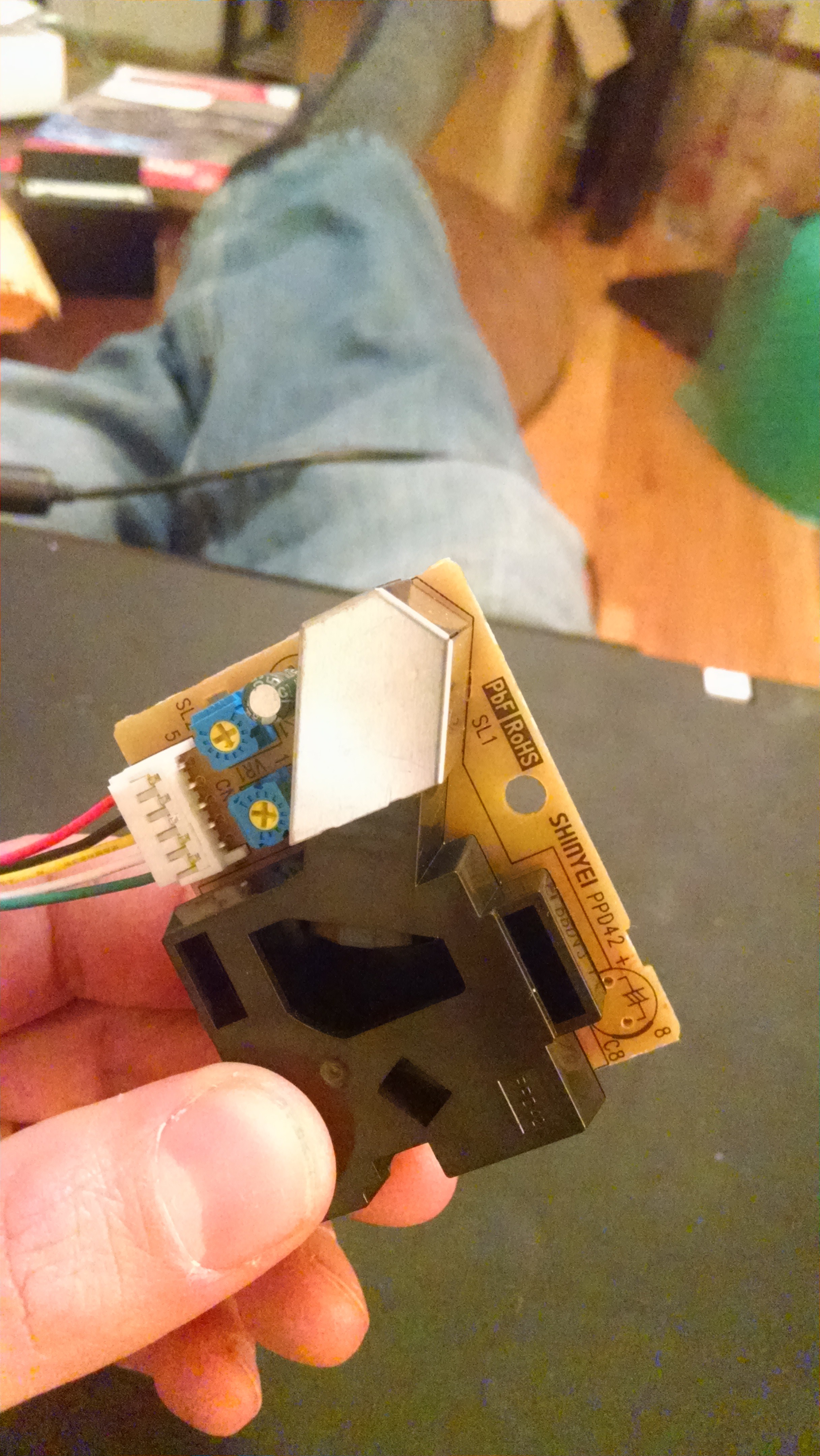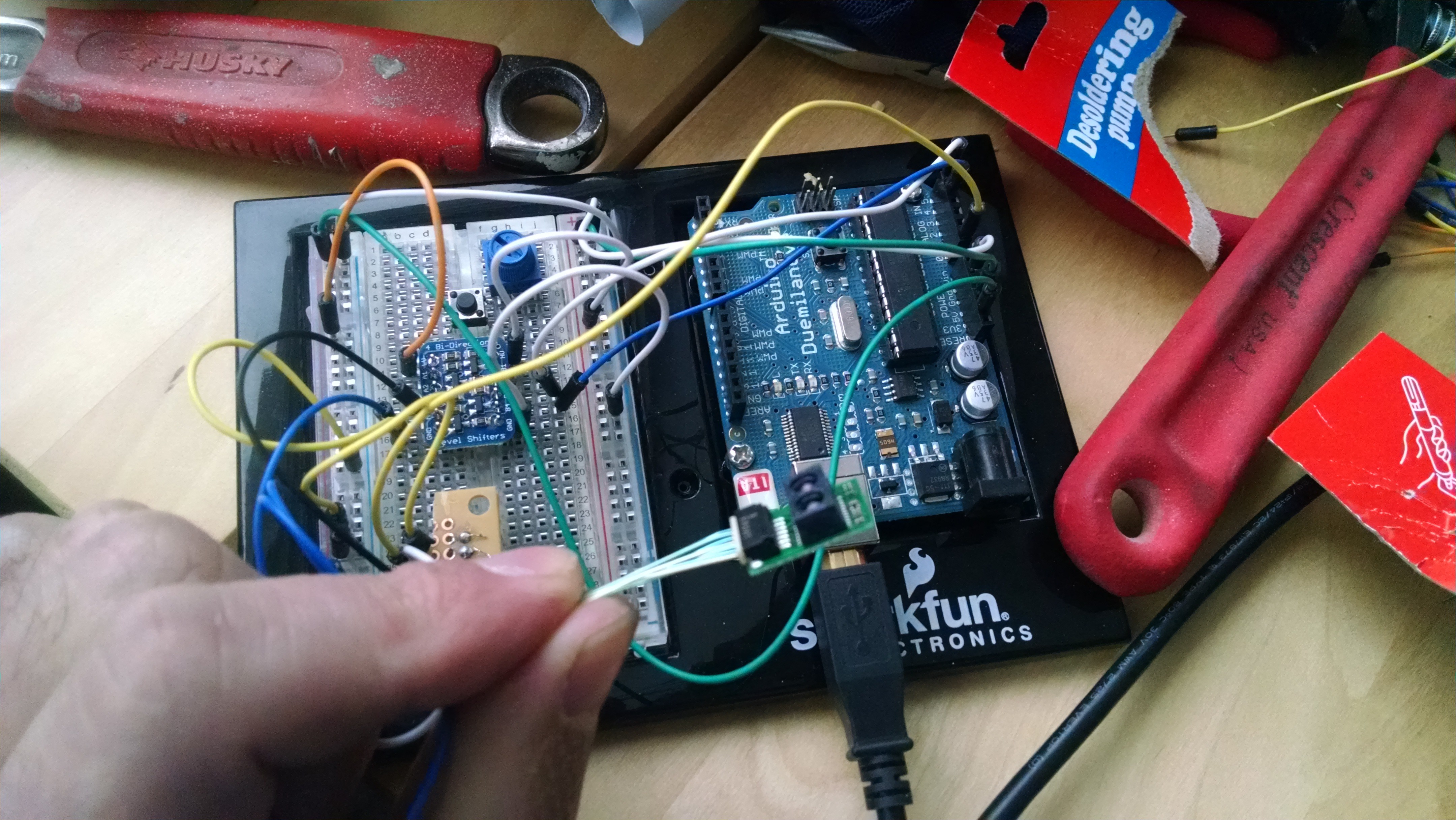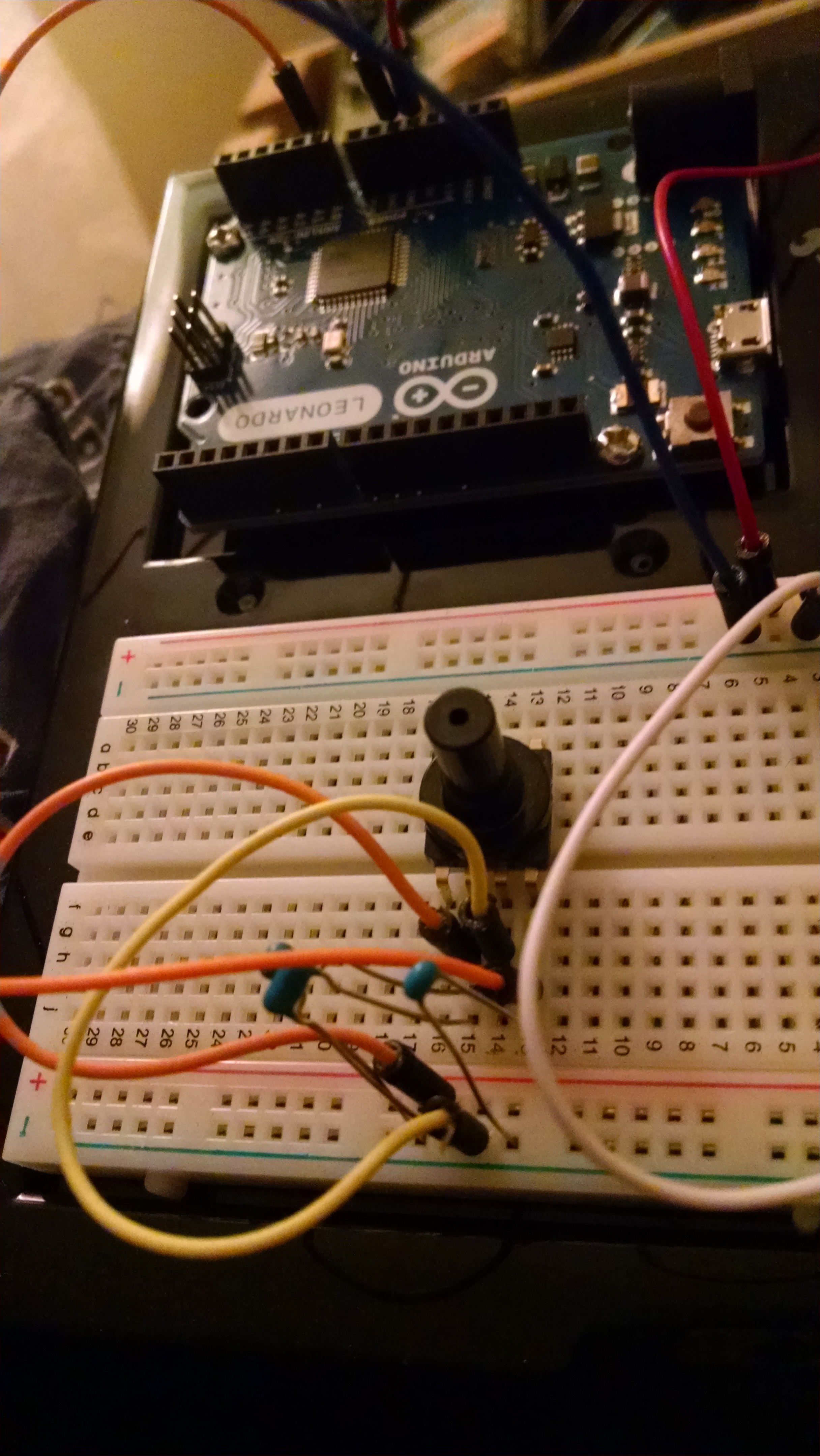-
Ordered the PCB
07/21/2017 at 17:04 • 0 commentsAfter futzing around in eagle at work, and then getting a new laptop, a new job and a new kitchen. I returned to this project. I used Eagle to design the PCB and sent the gerbers to BasicPCB. I should have them soon and look forward to my first pass at a board
I decided to use the Arduino Duemilanove I've had forever as Rev1 of this project but it's completely unecessary. I also decided to add a 16x2 LCD screen i've had around.
Before even obtaining the PCB, i'm thinking about shrinking it down but I would like to get the code up and working first. -
Learning Eagle: First PCB
01/16/2017 at 14:28 • 0 commentsI'm making headway learning eagle. It's actually quite a pleasant program to use and logically laid out. I've learned to make components. Next is to get the nets stubbed so i don't have a rats nest on the schematic. If anyone can point me toward something that tells me guidelines or steps for that, I would be grateful.
I started in fritzing until Benchoff soundly beat that out of me with his create a pcb in everything series. I have to say that the breadboard -> schematic features of fritzing is nice but perhaps unnecessary as I get more experience laying boards and circuits out. -
Engineer wife buys engineer gifts. Dust Particle Sensor
01/13/2017 at 02:09 • 0 comments![]()
I had a Shinyei PPD42 on my Amazon wishlist thinking it could play a part. Looks like I own one now thanks to the gal.
Not sure if should expand the scope to include the auxiliary air filter for the shop or not. I'm moving some wiring around downstairs to get the shop ready for prime time so hopefully there will be more progress over the next month. -
Automated Startup and Sleep - Ideas?
01/04/2017 at 03:22 • 0 commentsOver the holiday break I started to think about a way to activate and deactivate the monitoring system I'm making when the dust collector is turned on or off. I may end up running the whole thing on battery power and having the Arduino sleep would help extend the life.
I thought initially about tapping into the power line going to the blower motor and sensing the current but that is a bit of a pain in the ass.
I thought about looking at the pressure across the blower, it should tell me without a doubt if the system is on and reduce the risk of running with a dirty filter. If I have high pressure differential but low flow, there would not be much pressure generated at the filter pressure sensor. It would take some calibration but the chart below indicates that I should have some measurable level of pressure at even the highest flow rates.
I am thinking of another freescale/nxp pressure sensor for this measurement. I am going to put it on the cyclone drum as that is exposed to the same vaccuum as the inlet. I am cutting into that for the dust bin height measurement anyway.
-
GP2Y0E03 + i2c + Arduino
12/21/2016 at 21:37 • 1 commentI got the distance measurement sensor up and running successfully without much trouble. The reference page below in Japanese did not translate very cleanly but the code was able to be cleaned up with some careful inspect.
I attached the simple sketch. I live mostly in Matlab in my day job so Arduino is a nice way for me to learn C without knowing it.
The sensor needs a larger target as you get farther away which is fine for the bottom of a dust filled drum.![]()
-
Pressure Sensor Test
12/21/2016 at 03:24 • 0 commentsTested the pressure sensor with the an Arduino Leonardo and the recommended decoupling circuit. I have no means of verifying calibration but it really doesn't matter as I won't need accurate absolute measurements. So long as the pressure trends correctly as the filter clogs, I will be able to get the functionality I need. I'm attaching my demo sketch. It's just a modified version of the standard Analog In / Serial Out.
![]()
-
Notes on GP2Y0E03 usage
12/20/2016 at 14:32 • 0 commentsTranslated from Japanese : GP2Y0E03 being used with Arduino.
This page clears up a bit of confusion I had. On the datasheet for the GP2Y0E03, there is a schematic with a various components on the exterior of a black bounding box. I initially assumed that I needed to add these components myself. It appears that I do not.
It does show that i have to use a logic level converter in order to shift the level from 3.3 to 5V and back for the I2C connection to work. I've never used I2C before so I'm glad I discovered this now. I've ordered a logic level converter from adafruit which I will add to the components list.
Dust Collection System Monitor
Simple Arduino project to alert me when my dust collection cyclone either has a full collection bin or clogged filter.


